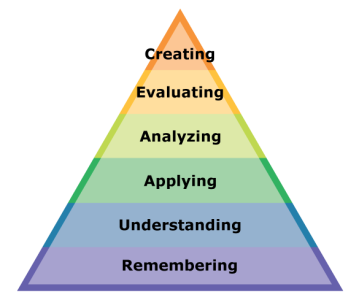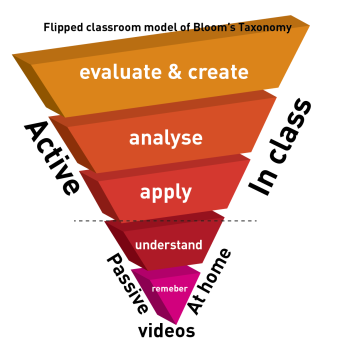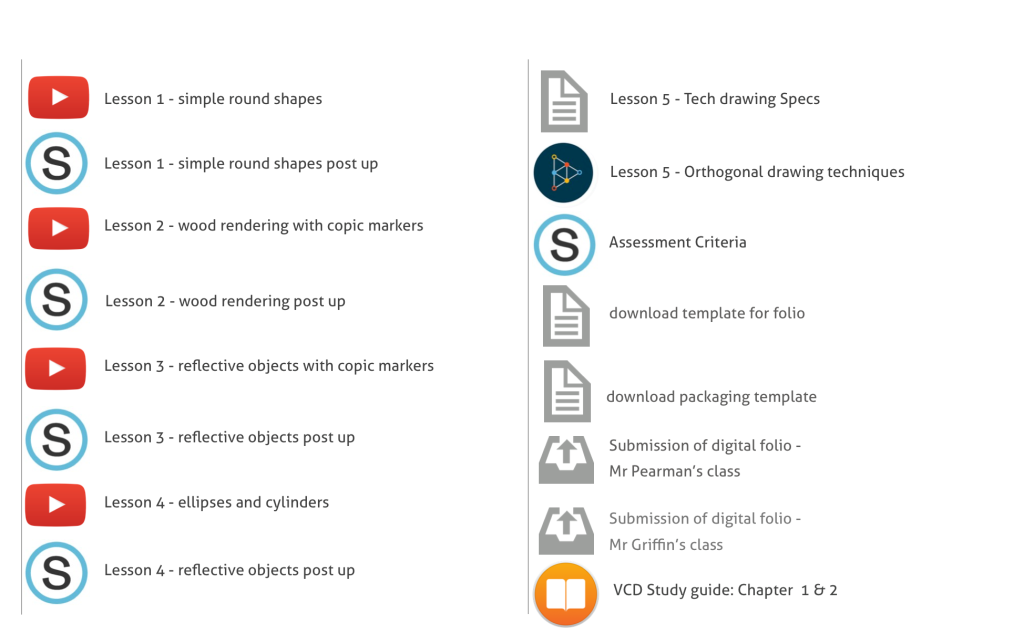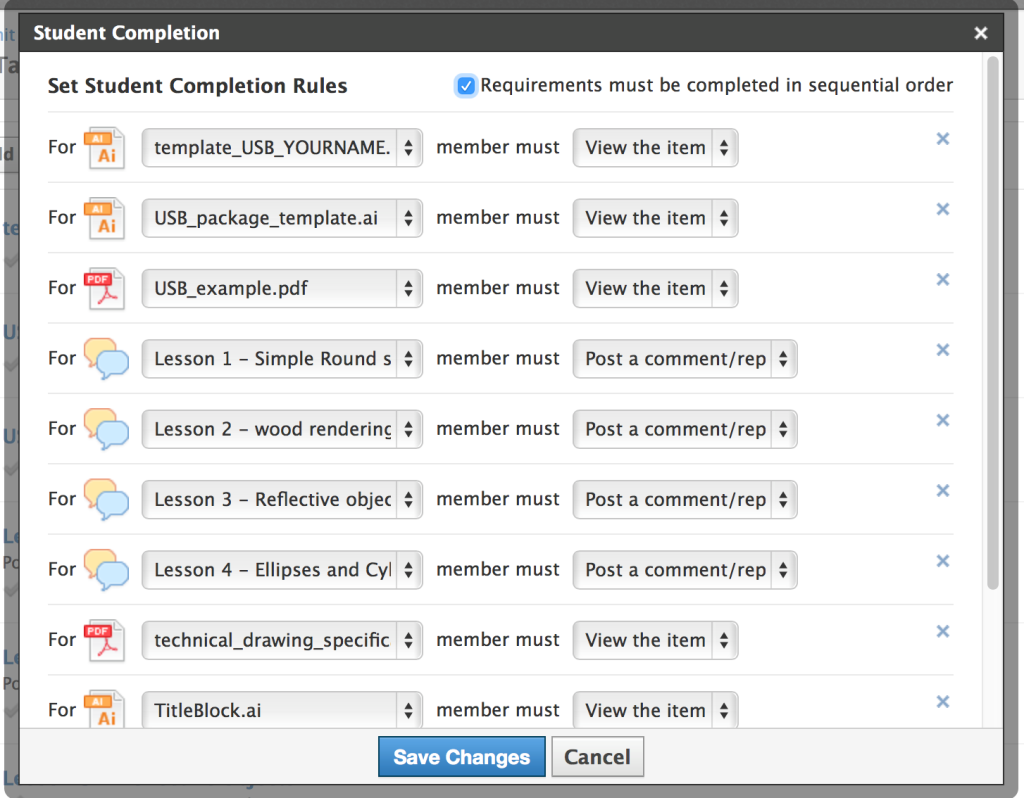I have been a ‘fanboy’ of the flipped classroom for sometime, having built up confidence in totally flipping my subjects and seeing the many benefits a flipped environment brings. One of the main areas that I have been really happy with is how the flipped classroom allows the class to dig a little deeper into active learning. It’s a big misconception that the flipped classroom is about making videos and placing them online, sure that’s one part of it. It’s an important part of the puzzle as its forces you to focus on the explicit content you would like students to know. Making a 5 – 8 minute lesson isn’t easy, but it certainly makes you consider what your learning objectives are . The real power of the flipped classroom is what happens the next day in class. Lets face it who wouldn’t want more time for students to dig deeper into their learning via projects, self and peer assessment and timely feedback. The flipped classroom opens up these opportunities. My main goal is to go deeper and have students participate in a richer active learning experience where I become more of a coach to guide their learning. The classes become much more collaborative in nature where students are solving complex problems with an emphasis on higher order and critical thinking skills.
As Prensky highlights that the technology today’s learners have grown up with has ‘induced today’s students to think and process information fundamentally different from their predecessors’ (Prensky 2001, p.1). We know our students access, process and create information in very different ways and are moving away from more classical approaches to teaching and learning in order to engage students and move beyond retention. It is a mistake to focus solely on the technology as its the active lesson which really makes this a powerful pedagogical approach to learning.
If we look at this in the context of a ‘traditional’ classroom most of the focus is on the remembering and understanding stages of Bloom’s Taxonomy, processing information and content. Students then move to the more difficult thinking processes at home by themselves.

No expert support, no feedback, no collaboration. Why? With todays technology there is not much point for students to be spoon feed information in class. Class time is for active learning not passively soaking up content. I know I want my students to be pushing the boundaries of their thinking into the higher levels of Blooms Taxonomy. Essentially in the flipped classroom the opposite happens, the remembering and understanding is at home and the difficult learning of application, analysing, evaluating and creating happens in class. Flipping is more than videos is about class time and what can be achieved. This time is spent, supporting students through the difficult tasks of learning and thinking, making the lessons more engaging, collaborative and about feedback. It allows students to be the drivers of their learning, they can self regulate their journey. For us we can listen for learning and personally engage with each student or groups of students. This is where I see the power of this learning.  Lets flip Bloom for the 21st century, it now looks like this. With this new model of Blooms Taxonomy the passive learning is where students can watch lessons at home about content – remembering and understanding. The active and deeper learning is in class.
Lets flip Bloom for the 21st century, it now looks like this. With this new model of Blooms Taxonomy the passive learning is where students can watch lessons at home about content – remembering and understanding. The active and deeper learning is in class.
Where to start
It’s important to start a flipped journey well and sensibly. I didn’t completely flip my class at the beginning. I made a few lessons, learnt from the experience and moved to more lessons. I arrived at the point where everything is now flipped and I am adaptable enough to make new lessons when questions are raised in class. Before I moved to a flipped classroom I spoke to my students about ‘why’. Why are we moving to this, what are the benefits, how will you learn. We did some training around note taking, expectations and how to participate with lessons. I also taught my students how to watch videos and take notes during the lessons. This made a significant difference in a seamless setup. It’s always important to give students a voice and be part of the learning decision.
The setup
There are many platforms and apps out there that can be used to flip your class. I have used many and found that a combination of an iBook, LMS – Schoology, educreations and YouTube a great combination. The iBook provides the framework for students to access all project assessments and the required content lessons. The setup provides a sequential order for students to work through at their own pace. It also provides feedback regarding assessment rubrics and how to access the required ‘post up’ activities during the lessons. I have found this to be the most efficient way to deliver the required outcomes to my students. All students have access to a MacBook Pro or an iPad which makes this a really a seamless integration of platforms.
An example of the sequential lessons in an iBook, all hyper linked to specific learning requirements.
This is complemented by our LMS – Schoology. Schoology has excellent features that can place restrictions over the access of content, making it self paced. Of course some students don’t watch the lessons, this is less about the method of the flipped classroom and more about normal behavioural issues regarding ‘homework’. What works is that you can setup student completion requirements around the content meaning students can only move onto to certain lessons once they have completed the requirements . This has been great in supporting those students that don’t watch the lessons at home. They realise pretty fast that they must engage with the lessons at home in order to fully participate with the classroom activities. They also can’t move on to the next lesson unless they contribute and participate. Schoology also has excellent analytics capabilities. I can capture data on when lessons have been accessed and by whom.
An example of the student requirements setup in schoology
Activities during the lesson are also important, as it provides me with feedback on what our next lesson looks like. Simple ‘hinge’ type questions that can provide a quick snap shot are great, informing me what we do next and what targeting learning I can give to individual students. Check out my post on hinge questions here. Hinge Questions.
The importance of creating a student centred approach within the Flipped Classroom approach is paramount (Flipped Learning network 2014, p.1). Gorman (cited in Hamdan et al. 2013) states that
‘any learner centred educator would provide activities in the classroom that are action based, authentic, connected and collaborative, innovative, high level, engaging, experience based, project based, inquiry based and self actualising’
(Hamdan et al. 2013, p.12). Roehl et al. (2013, p.48) suggests that the Flipped Classroom approach incorporates a combination of these ‘in class’ activities described by Gorman along with an innovative use of technology, all which leads to ‘higher order thinking skills among students’
Flipping your class takes time, but I would argue that this is the new way learning should happen. Embedded technology, active learning and engaged students.
A video I created for our staff day about flipped learning
References
Prensky, M 2001, ‘Digital natives, digital immigrants’, On the Horizon, vol. 9, no.5, p. 1-6.
Hamdan, N, McKnight, P, McKnight, K, Arfstrom, K.M 2013, A Review of Flipped Learning, Flipped Learning Network, retrieved May 15 2015, <http://www.flippedlearning.org/ cms/lib07/VA01923112/Centricity/Domain/41/LitReview_FlippedLearning.pdf>



1 Comment